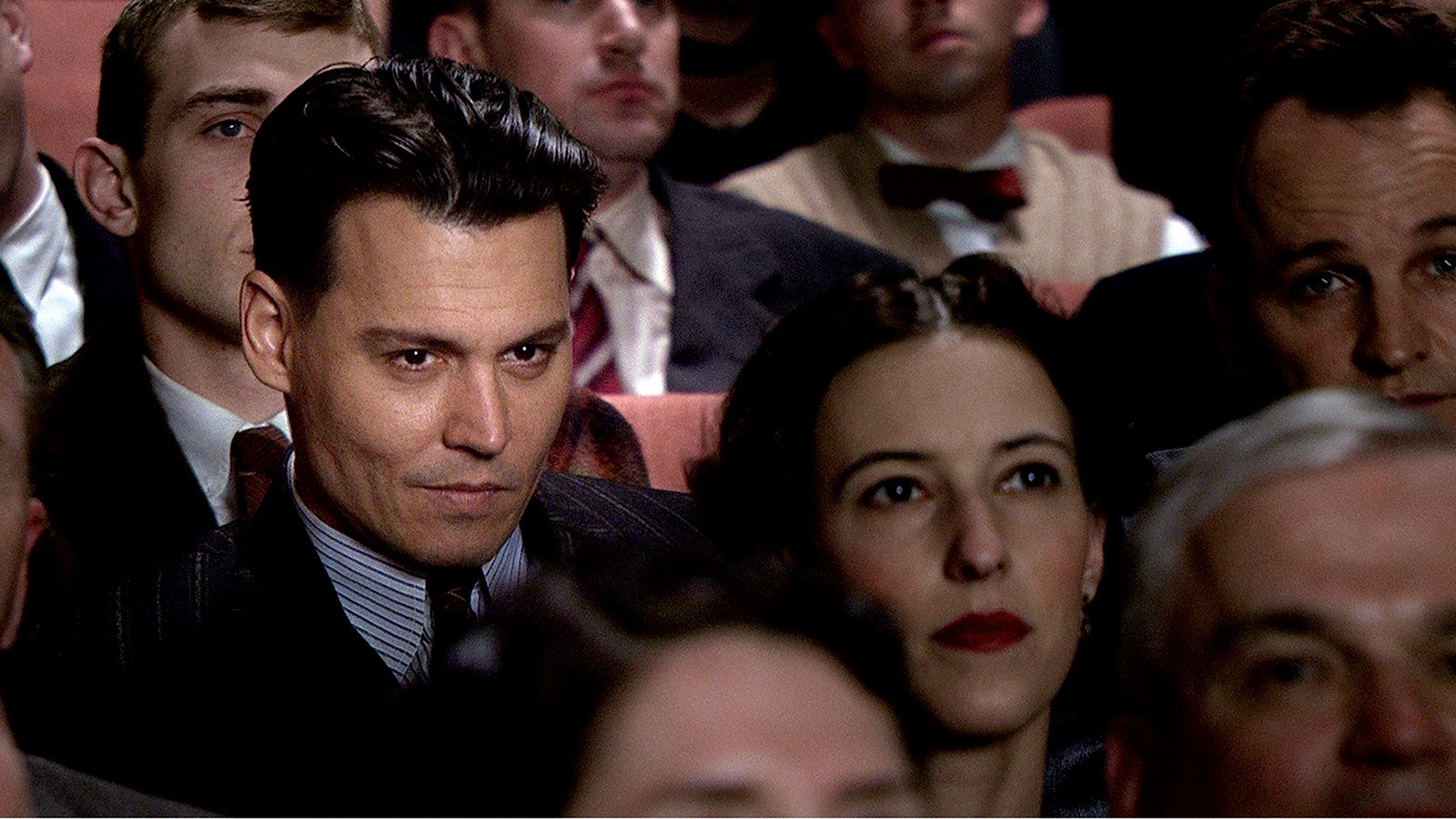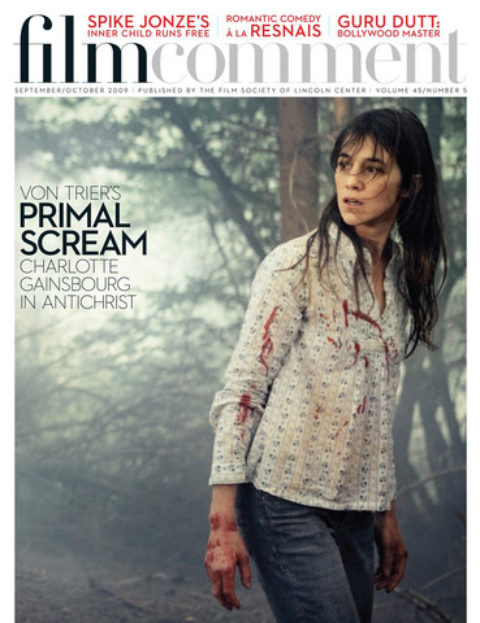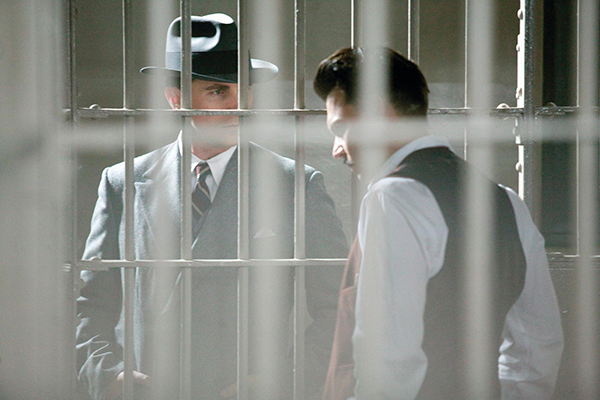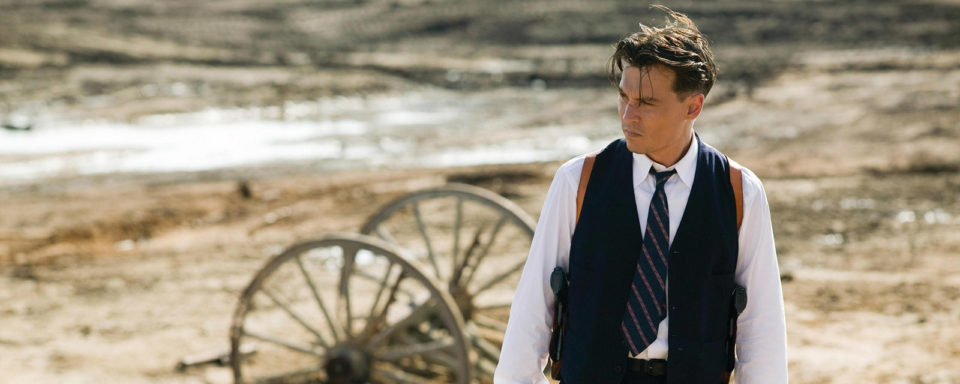
The Mann Effect
For more than half a century there has been a peculiar Mann effect in American critical predilections toward directorial careers. It all started sometime in the late Fifties when some French critics disputed the notion prevalent in Hollywood and America at large that Daniel Mann (1912-91) and Delbert Mann (1920-2007) were far more significant than Anthony Mann (1906-67). Au contraire, the French insisted, despite the fact that Daniel had secured prestigious acting Oscars for Shirley Booth in Come Back, Little Sheba (52), Anna Magnani in The Rose Tattoo (55), and Elizabeth Taylor in Butterfield 8 (60). As for Delbert, he had swept the 1956 Oscars with Best Picture, Best Actor, Best Screenplay, and Best Director for the wildly overrated Marty.

By contrast, Anthony’s films had never even received a nomination. Unlike Daniel and Delbert with their backgrounds in television drama and Broadway theater, Anthony had come up through the industry with small, raw crime thrillers such as T-Men (47) and Side Street (49). Then came a succession of lavishly produced Westerns, starting with Winchester ’73 (50) and culminating in Man of the West (58). In those days, making Westerns was a good way to avoid being taken seriously by critics and the Academy. But for the French, Westerns were a major, not a minor, genre.
Now we come to our contemporary Mann, Michael, now 66, who made his feature debut with the esteemed Thief in 1981 and then stylistically scorched TV screens with the hit series Miami Vice. The closest he has come to making a Western was his much-heralded The Last of the Mohicans (92). For the most part, Mann has specialized in urban thrillers such as Heat (95), Collateral (04), and, most recently, Public Enemies. His only work that reached the level of social consciousness still somewhat required by American critics and the Academy is The Insider (99), which took on the tobacco industry. His most successful ventures into the now more fashionable noir subgenres, however, have not been adequately appreciated for their distinctive visual style.

Before I leave the subject of the Manns, I should note that there is no family connection between the four directors, but the name itself—not the original name of Daniel, actually—carries with it a suggestion of hyper-masculinity, though not necessarily connoting the noirish temperament with which Michael seems the most amply endowed of the four namesakes. But it may be also the desperate times in which we suddenly find ourselves that make Public Enemies seem especially timely. Yet the film has been criticized for not exploring the lower depths of the period, which contributed to the celebrity of John Dillinger, Baby Face Nelson, Pretty Boy Floyd, and Bonnie and Clyde. Much of the film is set in Chicago, but there is no mention of Al Capone, who inspired screen incarnations by Edward G. Robinson in Mervyn LeRoy’s Little Caesar (31) and Paul Muni in Howard Hawks’s Scarface (32). These two performances and James Cagney’s in William Wellman’s The Public Enemy (31) have served as a DVD triptych of movie gangsterdom for several years now, and Mann and his star, Johnny Depp, had their work cut out for them not to seem derivative.
Fortunately, they get a little breathing space by showing their Dillinger watching the 1934 David O. Selznick–W.S. Van Dyke film Manhattan Melodrama, which the gangster saw before he was gunned down by Melvin Purvis and his G-Men. This widely known fact allows the sight of Clark Gable as a good-hearted gangster and William Powell as his boyhood chum turned District Attorney sharing a fatalistically bravura death-house scene, in between occasional glimpses of Myrna Loy as the third part of the triangle.

There is more poignancy however in the romance between Depp’s Dillinger and his half-French hatcheck girl pickup, Billie Frechette, played by Marion Cotillard with just a touch of Piafian pathos, than in any of the gangster films of the period. This is underlined in the film by Billie Holiday’s plaintive singing of “Bye Bye Blackbird,” the song that serves as a stirringly emotional echo at the finale. Adding rightness to the ghostly costuming of both Dillinger and his relentless pursuer, Christian Bale’s Purvis, is a piquant afternote to the effect that the real-life FBI agent committed suicide some years after he helped gun down Dillinger on July 22, 1934, when I was less than six years old.
Will Michael Mann’s Public Enemies look as forceful 75 years from now as the early Thirties gangster movies do today? Who can tell? If we are to believe the apocalyptic vision of the future forecast by contemporary movies, there will not be enough of a civilization left to contemplate a by-then ancient medium of communication like the talking motion picture.







